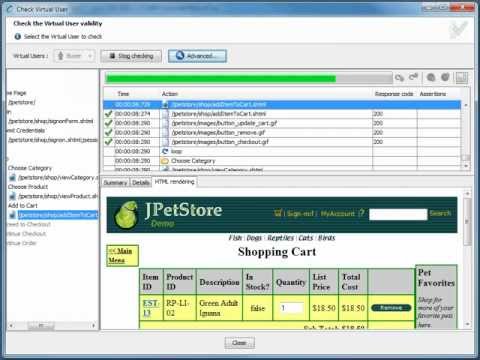

These technologies include:įile and Registry Virtualization: When a legacy application tries to write to protected areas of the file system or the registry, Windows silently and transparently redirects the access to a part of the file system or the registry that the user is allowed to change. UAC includes several technologies to achieve this goal. UAC was designed to help Windows users move toward using standard user rights by default. UAC is always disabled on the Server Core editions of Windows Server 2008 R2 and later versions.This guidance applies only to Windows Server operating systems.Administrators do other operations that should be done from a client operating system, such as Windows 7.For example, web browsers, email clients, or instant messaging clients. Administrators run risky applications on the server.Similarly, UAC should remain enabled in the following situations: UAC should remain enabled in this situation. For example, the server enables the Remote Desktop Services role so that nonadministrative users can sign in to the server to run applications. If either of these conditions isn't true, UAC should remain enabled. Administrators sign in to the Windows-based server only to do legitimate system administrative functions on the server.Only administrators are allowed to sign in to the Windows server interactively at the console, or by using Remote Desktop Services.These circumstances occur only when both the following conditions are true: Under certain constrained circumstances, disabling UAC on Windows Server can be an acceptable and recommended practice.
USING NEOLOAD WITHOUT LOCAL ADMIN PRIVILEGES 2016 HOW TO
This article introduces how to disable User Account Control (UAC) on Windows Server.Īpplies to: Windows Server 2012 R2 Original KB number: 2526083 Summary


 0 kommentar(er)
0 kommentar(er)
